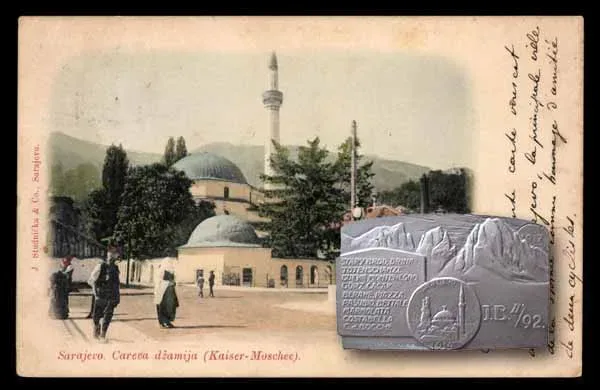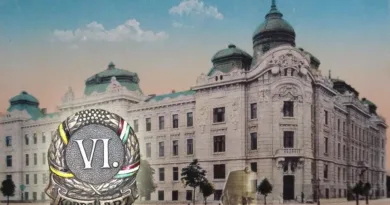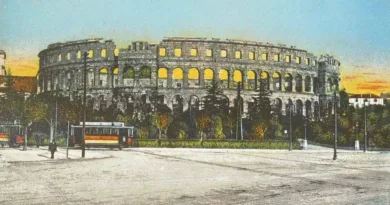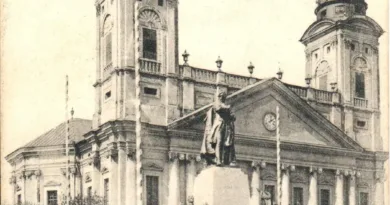Sarajevo
The name of Sarajevo is most famous for the assassination that started the Great War. But Franz Ferdinand, the heir to the throne, was not brought to this city by chance in the summer of 1914. The capital of Bosnia and Herzegovina was an important political and administrative center. It also played a significant role in the organization of the country’s armed forces. It is no coincidence that there is a cap badge that depicts one of the city’s famous buildings, the Emperor’s Mosque.

This mosque was the first to be built by the Ottomans who occupied the region in the second half of the 1400s. This building was the largest mosque in Bosnia and Herzegovina, built in the classic Ottoman style. Of course, it was not named after the Austrian ruler, but rather after Sultan Mehmed the Conqueror, who captured Constantinople in 1453 and then reached the border of Hungary from the Balkans. Today’s mosque was built in 1565 on the site of the previous building by order of Sultan Sulejman the Great. During the Bosnian war of the 1990s, the mosque suffered serious damage and is being renovated. It looks exactly the same today as it did when the badge was made.

In the background of the picture we see an alpine landscape. I think the badge shows the peaks of the Dolomites. The depiction is most similar to the Cima di Bocche section. This name is also on the badge. Heavy fighting took place here in 1916-17. The II/92nd Battalion was sent to this region as part of the 10th Mountain Brigade and then the 179th Brigade. Sarajevo was the battalion’s peacetime garrison.





